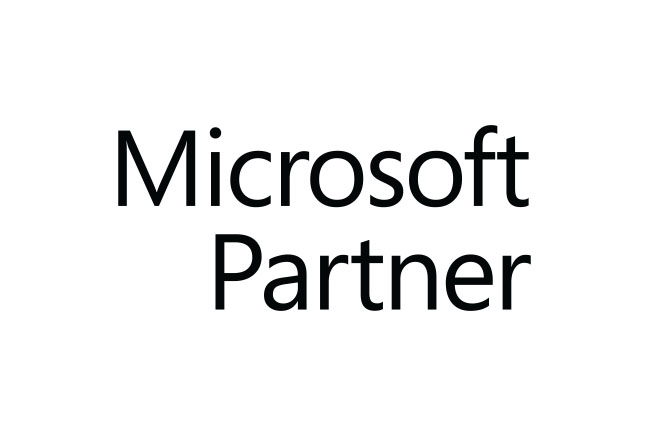With data breaches and privacy regulations on the rise, security, and compliance should be top priorities for any business using Dynamics 365. Dynamics 365 consulting services offer various tools and configurations to help meet key compliance needs like GDPR, HIPAA, and more. This blog covers best practices for configuring Dynamics 365 to ensure it is secure and compliant.
Overview of Dynamics 365 Security and Compliance Capabilities
Dynamics 365 comes equipped with robust security features, auditing tools, and administrative controls to support compliance requirements:
- Access controls – Admins can restrict access and privileges through security roles and permissions. Multi-factor authentication adds an extra layer of user identity verification.
- Encryption – Data at rest and in transit can be encrypted for security. Credentials, connections, and sensitive data fields can all be encrypted.
- Auditing – Admins get auditing logs to track user activity like record edits, exports, logins, etc. This supports forensics and compliance reporting needs.
- Data loss prevention- Policies can be created to restrict activities like mass record deletion and data export. Prevents accidental or malicious data loss.
- Compliance tools – Dynamics 365 provides tools to support GDPR compliance like data subject requests, data export, and more.
- Certifications – Dynamics 365 is certified for compliance with standards like ISO, HIPAA, and SOC. Useful for regulated industries.
Configuring Dynamics 365 for GDPR Readiness
The EU’s General Data Protection Regulation (GDPR) imposes rules on companies hosting and processing EU citizen data. Fines for non-compliance can reach 20 million euros or 4% of global annual turnover. To make Dynamics 365 GDPR compliant:
- Identify personal data – Scan Dynamics 365 entities to identify fields containing EU citizen personal data like name, email, location, IP address, etc. Flag them for GDPR.
- Enable data subject requests – Configure Dynamics 365 portals to allow EU data subjects to access, edit, export, and delete their personal data per GDPR requirements.
- Restrict record deletion – Use auditing and data loss prevention policies to prevent accidental or malicious deletion of GDPR personal data. Retention policies can automate data deletion after specified periods.
- Encrypt sensitive fields – Encrypt particularly sensitive personal data fields like ID numbers, financial information, etc. for additional security.
- Document processes – Record GDPR compliance activities like data discovery, risk assessments, consent management, and subject request handling for auditing.
Meeting HIPAA Requirements with Dynamics 365
The Health Insurance Portability and Accountability Act (HIPAA) governs the protection of healthcare data in the United States. To configure Dynamics 365 for HIPAA compliance:
- Conduct risk assessment – Assess and document any HIPAA compliance risks in your Dynamics 365 implementation and data flows.
- Restrict access – Only permit access to protected health information (PHI) in Dynamics 365 to authorized personnel through security role restrictions.
- Enable auditing – Turn on detailed auditing for actions involving PHI records. Audit logs support incident investigation and HIPAA reporting.
- Encrypt PHI data – Encrypt fields containing PHI like patient names, treatment details, healthcare codes, etc. to prevent unauthorized viewing.
- Sign Business Associate Agreement – Dynamics 365 Business Associate Agreement contractually obligates Microsoft to keep tenant data HIPAA compliant.
- Create retention policies – Configure data retention rules to automatically purge older PHI per data retention requirements.
- Regularly review configurations – Periodically review and update Dynamics 365 security configurations to ensure ongoing HIPAA compliance.
Tips for Managing Security and Compliance
Here are some general tips for keeping Dynamics 365 compliant from a security and governance standpoint:
- Restrict high-risk privileges – Only assign privileges like data export, mass delete, field encryption, etc. to trusted roles.
- Enforce the least privilege – Only give users the minimum permissions needed to perform their job (least privilege principle).
- Automate user provisioning/de-provisioning – Automate addition and removal of users from applications to ensure access is properly granted and revoked.
- Mandate strong passwords – Enforce password complexity rules and regular rotation.
- Enable MFA – Require multi-factor authentication (MFA) for additional login security and reduced risk.
- Monitor logins and access- Use auditing tools to detect suspicious or abnormal activity indicating compromised credentials or insider risks.
- Conduct user training – Educate employees on data security best practices through training programs to reduce human error and negligence.
- Manage third-party access – Vet third parties accessing your Dynamics 365 environment and ensure they adhere to security controls and compliance standards.
Conclusion
With the right configurations and vigilant monitoring, Dynamics 365 can support robust security and satisfy key compliance mandates like GDPR and HIPAA. Guided by the best practices outlined here, organizations can confidently leverage Dynamics 365 to drive productivity and growth while keeping data safe and compliant. Following security and compliance standards keeps customers’ trust intact and mitigates substantial financial, legal, and reputational risks in today’s environment.


